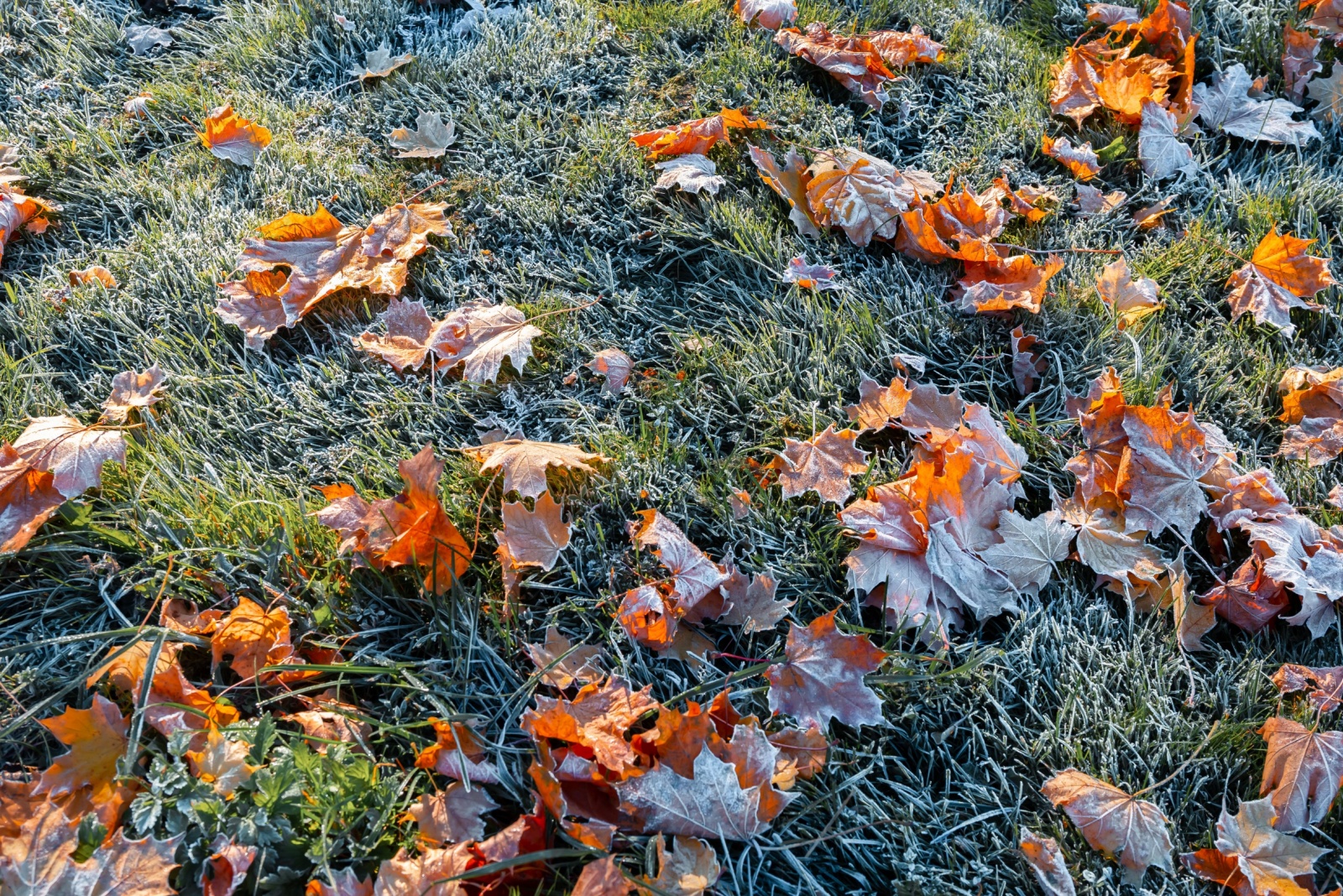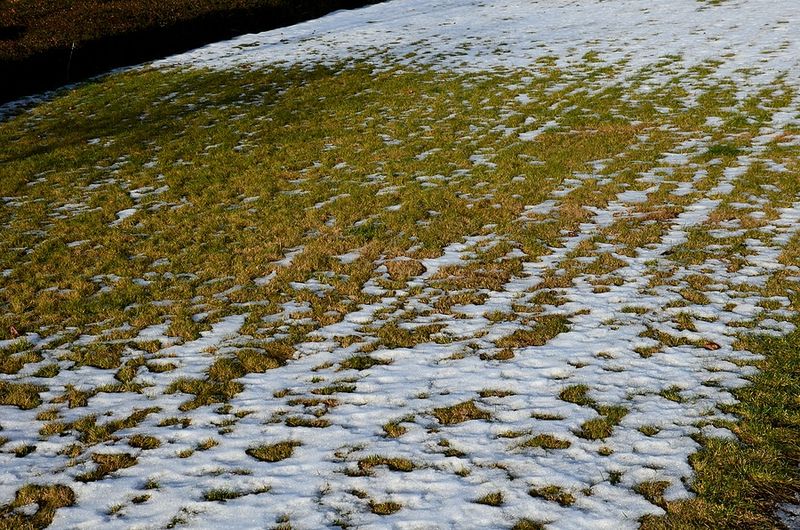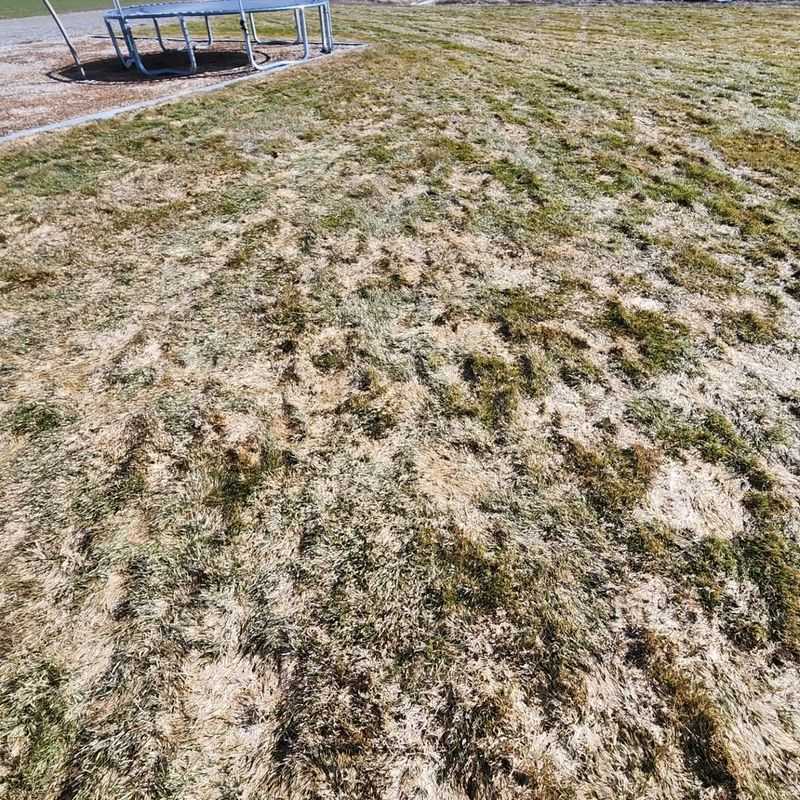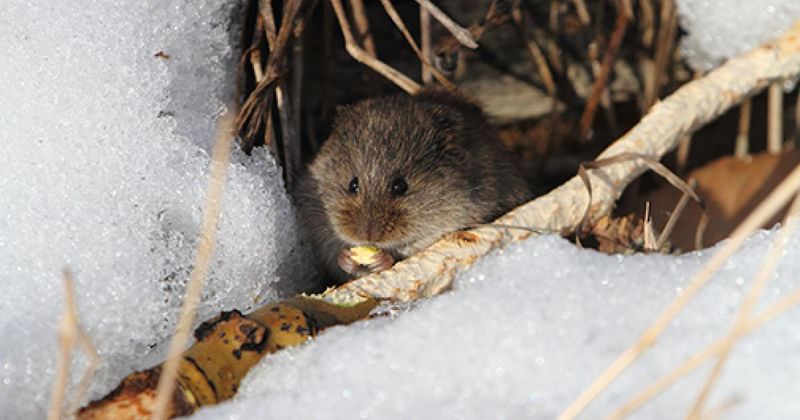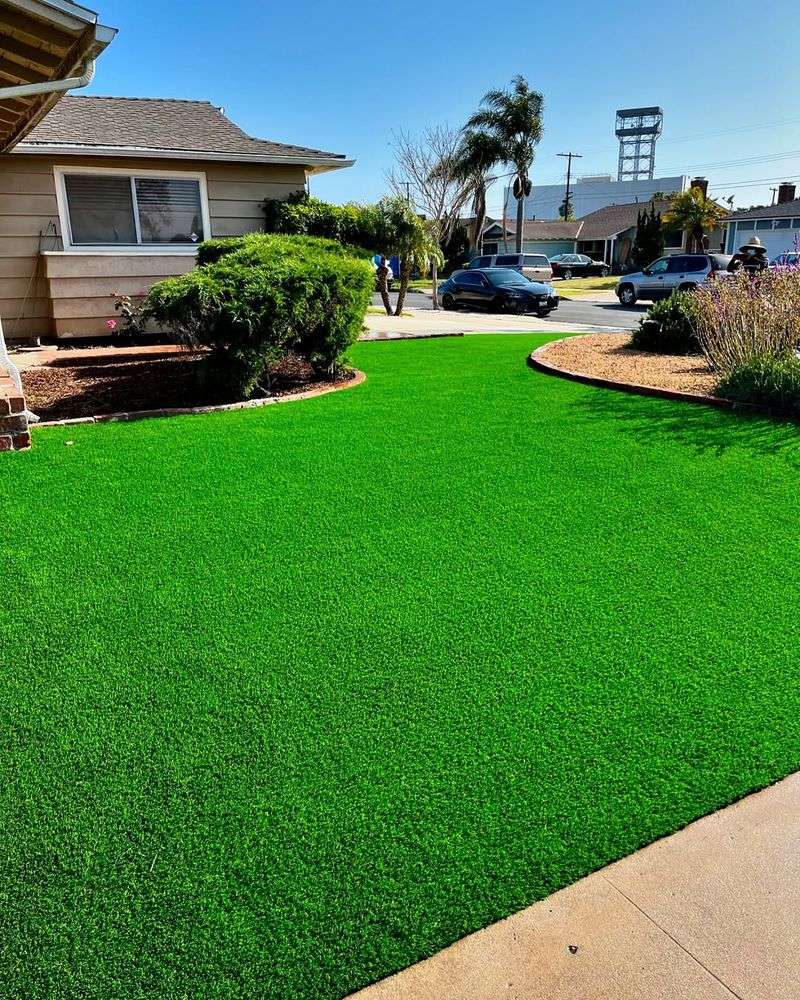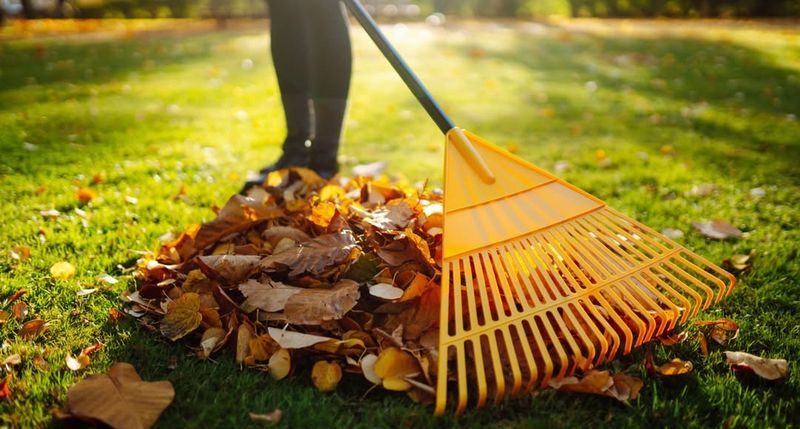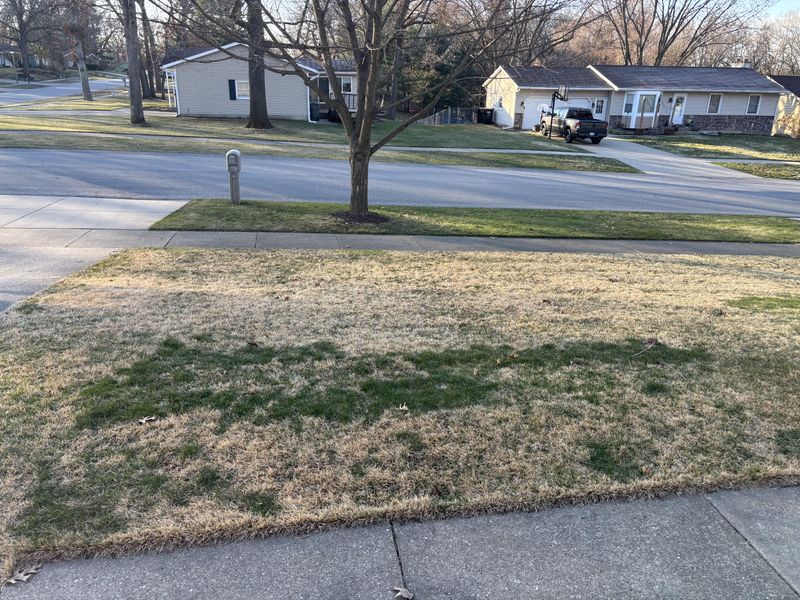As Michigan’s cold winter months approach, your lawn needs a little extra care to survive the freeze and come back strong in spring. One simple trick many homeowners overlook is lowering the mowing deck for that final cut before winter sets in.
Cutting your grass shorter before the snow flies can make a huge difference in preventing disease, improving sunlight exposure, and ensuring your yard bounces back with vibrant green growth when warmer weather returns.
1. Prevents Snow Mold And Fungal Diseases
Long grass blades trap moisture underneath snow cover, creating the perfect breeding ground for nasty fungal infections like snow mold. When spring arrives, you might discover brown, matted patches that look like someone spilled coffee on your lawn.
Shorter grass allows better air circulation and reduces the damp environment fungi love. Michigan winters bring heavy snow that can sit for months, so giving your grass a trim helps it breathe even under that white blanket.
Your lawn will thank you with fewer disease problems come springtime.
2. Reduces Matting Under Heavy Snow
Picture this: heavy, wet snow pressing down on tall grass for weeks or even months. When that snow finally melts, you’re left with a flattened, tangled mess that looks more like a hayfield than a lawn.
Matted grass blocks sunlight from reaching the soil and new growth underneath. Shorter blades stand up better under snow weight and recover faster when temperatures rise again.
Michigan’s unpredictable winter weather makes this especially important since we often get freeze-thaw cycles that compact snow even more.
3. Allows More Sunlight To Reach The Crown
The crown is the growing point of your grass plant, sitting right at soil level where all the magic happens. When grass is too long going into winter, those tall blades shade the crown and block precious sunlight during Michigan’s already gloomy winter days.
Shorter grass lets maximum light penetrate down to the crown area. Even weak winter sunshine can help your grass stay somewhat active and ready to grow when spring warmth arrives.
Think of it as opening the curtains to let light flood into a dark room.
4. Discourages Voles And Rodent Nesting
Nobody wants uninvited guests setting up camp in their yard, but long grass is like rolling out the welcome mat for voles, mice, and other rodents. These little critters love tall grass because it provides cozy cover and nesting material during harsh Michigan winters.
Voles create tunnels and runways that damage grass roots, leaving ugly brown trails across your lawn. Cutting grass shorter removes their protective cover and makes your yard less appealing as winter housing.
You’ll spend less time repairing rodent damage in spring.
5. Speeds Up Spring Green-Up
Everyone in the neighborhood wants to be the first house with a lush green lawn when spring arrives. Grass that was cut shorter before winter wakes up faster because the soil warms more quickly without a thick thatch layer trapping cold air.
Sunlight reaches the soil surface easier, triggering those grass roots to start growing sooner. Your lawn gets a head start on the growing season while your neighbors are still waiting for their grass to green up.
It’s like giving your lawn an early alarm clock.
6. Makes Raking Leaves Easier
Michigan’s beautiful fall foliage eventually ends up on your lawn, and those leaves need to go before winter. When grass is shorter, leaves sit on top instead of getting tangled deep in tall blades where they’re impossible to rake out completely.
Leftover leaves under snow create dead spots by blocking light and trapping moisture. Short grass makes leaf cleanup a breeze, whether you’re using a rake, blower, or mulching mower.
You’ll finish yard work faster and more thoroughly before the first snowfall hits.
7. Improves Winter Hardiness Overall
Grass plants are tougher than you might think, but they need proper preparation to survive Michigan’s brutal winters. Cutting shorter forces your grass to focus energy on strengthening roots rather than maintaining long, vulnerable blades that will just get damaged anyway.
Strong root systems mean better nutrient storage for winter and explosive growth when spring temperatures rise. Your grass enters dormancy in better shape and emerges from winter ready to thrive instead of just survive.
It’s basic lawn fitness training before the big winter marathon.

